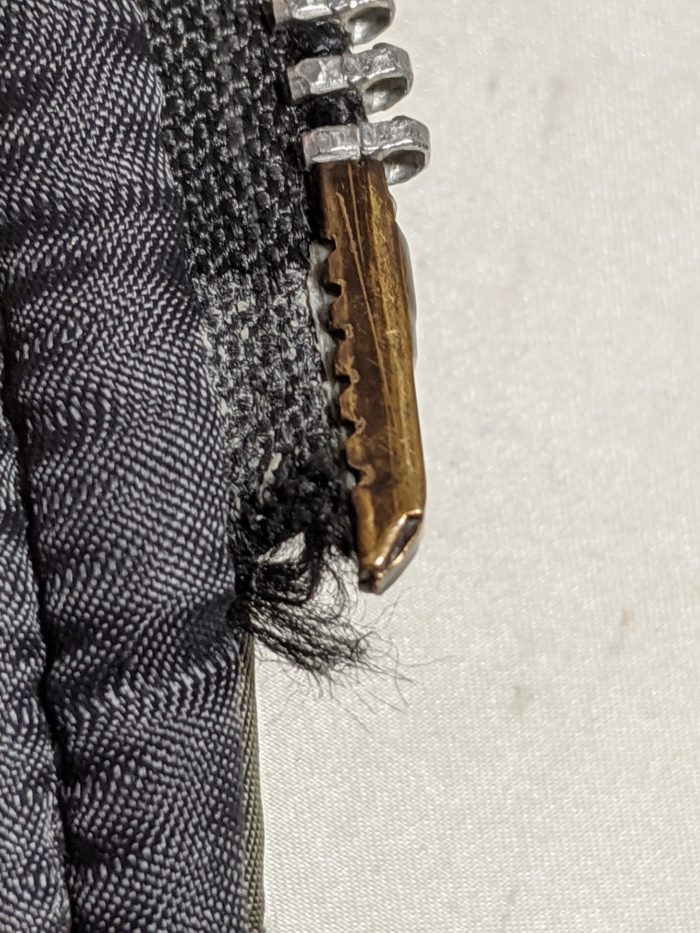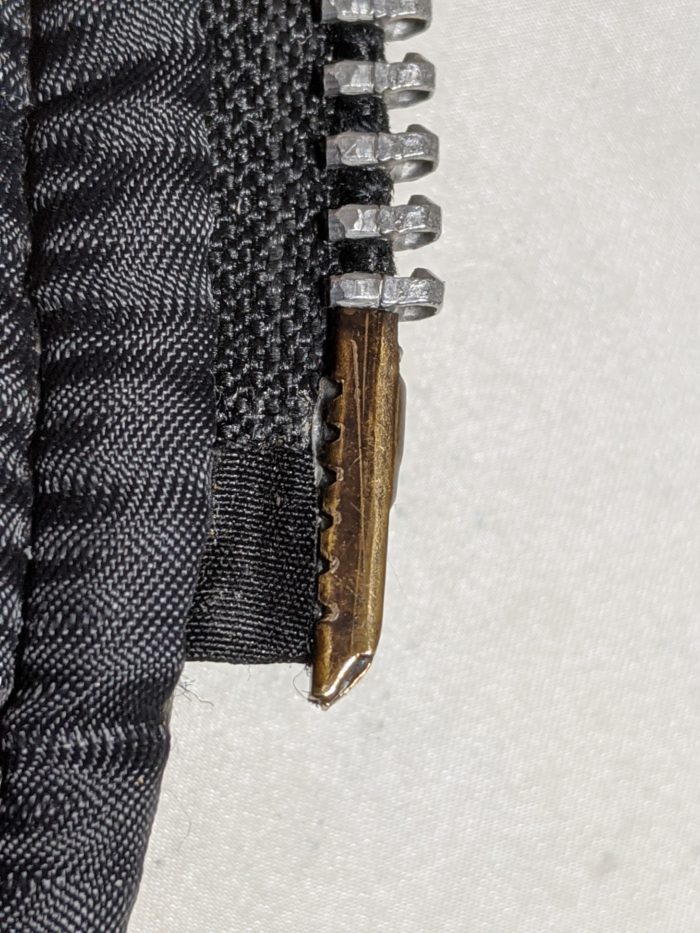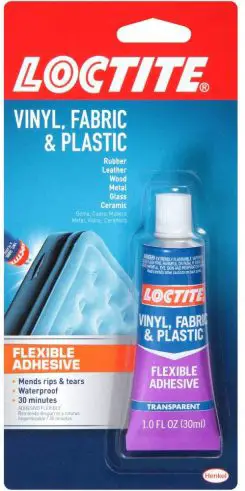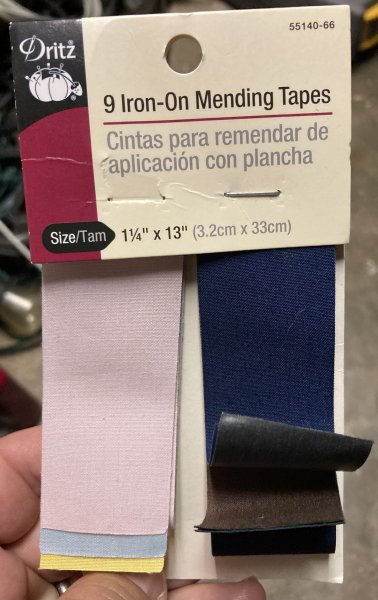Leather Walker
Practically Family
- Messages
- 643
- Location
- Barcelona
Well... I guess better late than never. I've been a little fixated these last two weeks on this common issue with zippers. After @Raul threat about his Grais jacket (he had to replace half Conmar), I was thinking how hard is to get a unique solution for this problem. For me, replacement is not an option (only in critical cases). I don't like the idea of sending a 50 or 60 yo jacket to someone who will remove a functional zipper and pierce the hide with new holes to install the new one. It's a shame throwing a vintage zipper away just because of a fraying part which is fixable.
I've spent some time looking for "how to fix a zipper pin" or similar in English, Spanish, German, even in Chinese, Russian (1 and 2) and Japanese. I found hot glue/epoxy/bondic solutions too. IMO these wouldn't be the best, not only for the visual result but its texture: glue restrains the slider movement and makes it hard to zip up/down. This girl shows a different way: glue for fabric to repair the frayed tape and plastic from a blister pills as reinforced film. I think it's a clever idea but the plastic must be stiff and thin enough to fit into slider space with the restored fabric and the other side plastic. Opened zippers are protected with heat sealed tape in factories by ultrasonic machines, but for home options, a piece of stiff thin plastic film could avoid a whole replacement.
I fixed my jacket 4 years ago sewing frayed tape itself and using some nail lacquer to stiffen it. It worked, my jacket zips nowadays with no problem. I didn't think on gluing a thin plastic film around the tape to protect the fabric from a possible future damage, maybe I should have.
Anyway, I want to tell I purchased this sealant that prevents fraying, so I put some of this on the tape around zipper pins on my jackets. All I can say is the fabric has become solid and stiff, as a reinforced film. I'm not saying that's a definitive solution but a preventive one.
I've spent some time looking for "how to fix a zipper pin" or similar in English, Spanish, German, even in Chinese, Russian (1 and 2) and Japanese. I found hot glue/epoxy/bondic solutions too. IMO these wouldn't be the best, not only for the visual result but its texture: glue restrains the slider movement and makes it hard to zip up/down. This girl shows a different way: glue for fabric to repair the frayed tape and plastic from a blister pills as reinforced film. I think it's a clever idea but the plastic must be stiff and thin enough to fit into slider space with the restored fabric and the other side plastic. Opened zippers are protected with heat sealed tape in factories by ultrasonic machines, but for home options, a piece of stiff thin plastic film could avoid a whole replacement.
I fixed my jacket 4 years ago sewing frayed tape itself and using some nail lacquer to stiffen it. It worked, my jacket zips nowadays with no problem. I didn't think on gluing a thin plastic film around the tape to protect the fabric from a possible future damage, maybe I should have.
Anyway, I want to tell I purchased this sealant that prevents fraying, so I put some of this on the tape around zipper pins on my jackets. All I can say is the fabric has become solid and stiff, as a reinforced film. I'm not saying that's a definitive solution but a preventive one.






